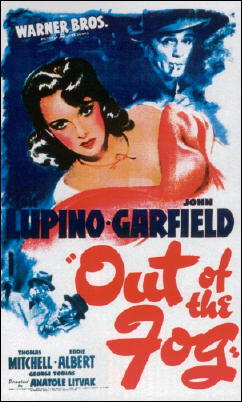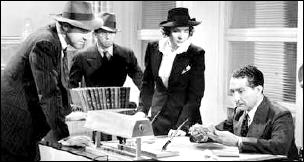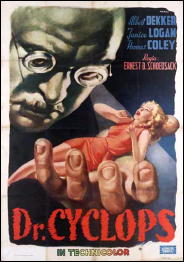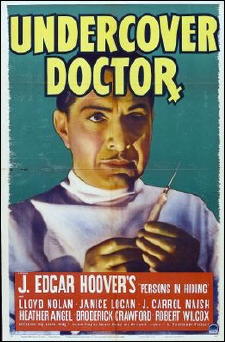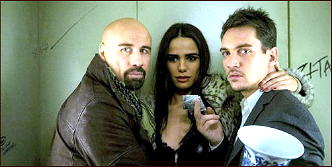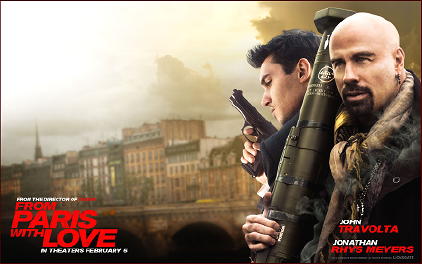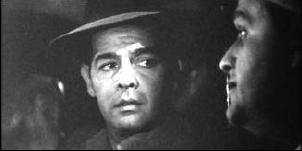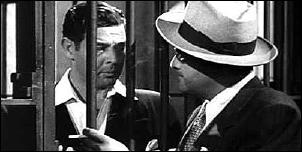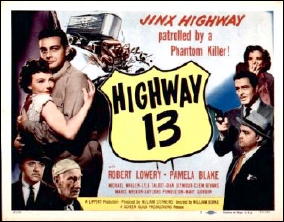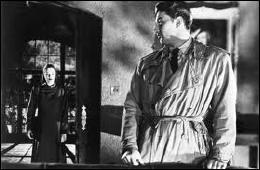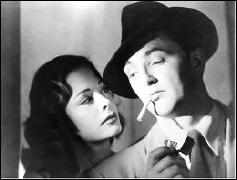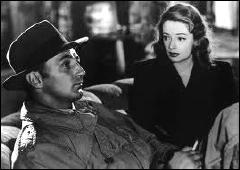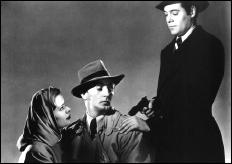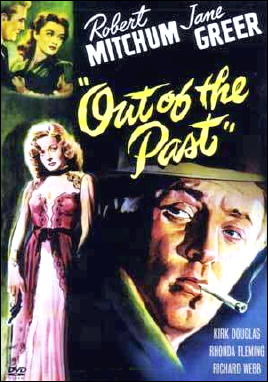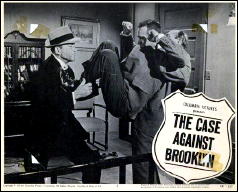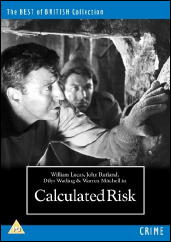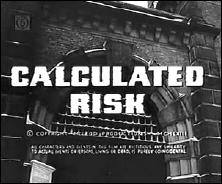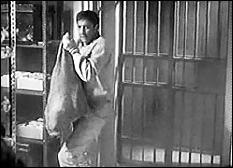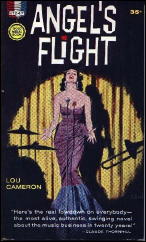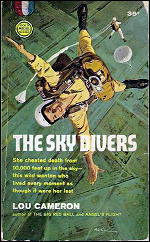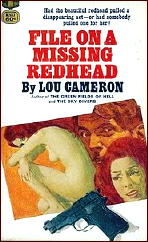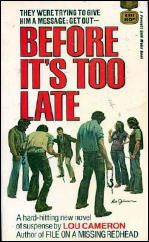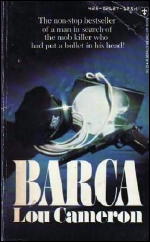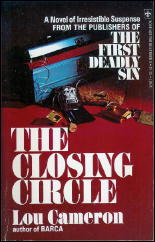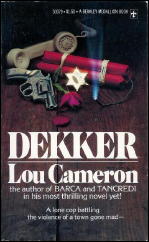Sat 9 Jul 2011
Reviewed by Dan Stumpf: OUT OF THE FOG (1941).
Posted by Steve under Crime Films , Reviews[7] Comments
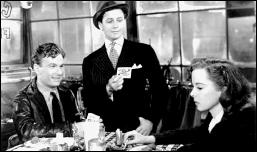
OUT OF THE FOG. Warner Brothers, 1941. John Garfield, Ida Lupino, Thomas Mitchell, Eddie Albert, George Tobias, John Qualen, Aline MacMahon, Jerome Cowan, Odette Myrtil, Leo Gorcey. Based on the play The Gentle People by Irwin Shaw. Director: Anatole Litvak.
After the three Paula the Ape Woman movies [reviewed here ] and moving on to things more criminous, I watched Out of the Fog, one of those movies that seem to typify a whole era; casting, story, sets and the overall feel of the picture somehow evoke the 1940s Warners “look” so completely, one gets lost in time just watching it.
John Garfield and Ida Lupino, those two echt-40s sub-stars, light the marquee on this one, he as a petty gangster and she as a pretty working girl, drawn to his shallow glamour and staccato sexuality, but the weight of the plot is carried by Thomas Mitchell and John Qualen as a couple of working stiffs leaned on by Garfield for protection money and finally summoning up the courage to rid the world of him — or so they think.
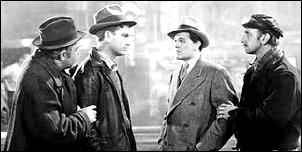
That’s the plot, but the charm of Fog lies in its stylish execution. Anatole Litvak, a Warner’s house director with a European touch, handles the actors well and moves the plot quickly, with some clever quirky moments, like murder plotted in a bath-house under the rantings of George Tobias as a loud-mouth émigré, or a tense interview with a bland and nasty assistant DA played with complete lack of charm by Jerome Cowan (of whom more later) and best of all, the scenes at night, on a foggy river, with Mitchell and Qualen in the foreground like figures out of Winslow Homer, while small boats blink at them and large ships pass in the rippling background — all shot on a studio set with the artistic camera of James Wong Howe, a cinematographer whose credits stretch from Shanghai Express to Hud and beyond, and who imparts a glowing intimacy to a genuinely likable film.
